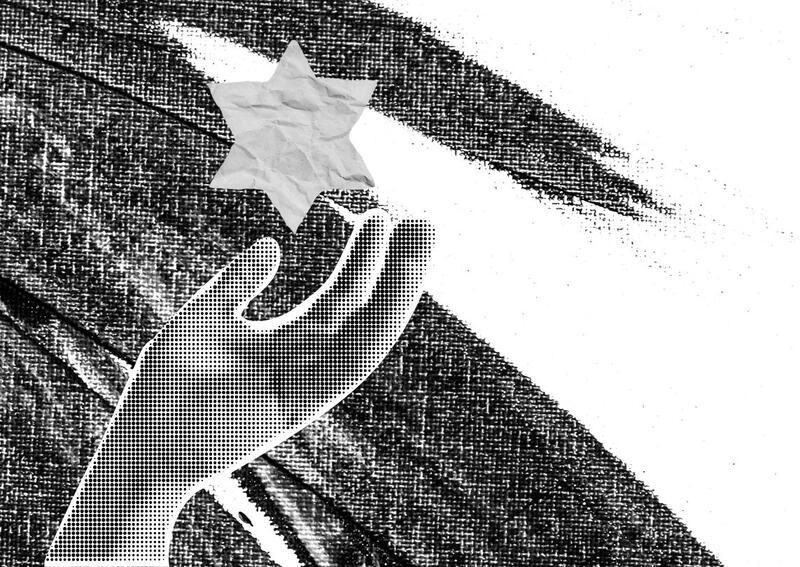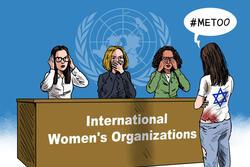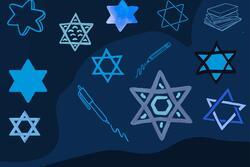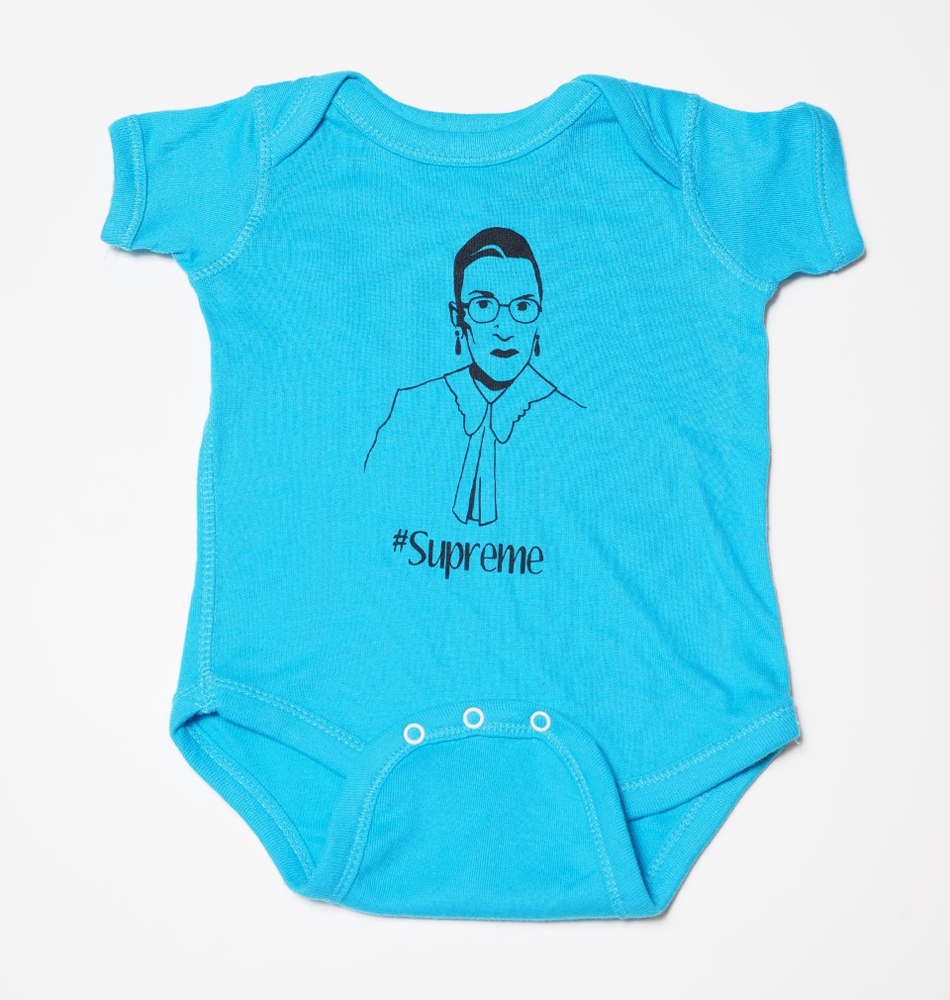The Silence That Frightens Me
We all know about the history of the Holocaust. You hear about it in global studies, read about it in textbooks, and even see it in informational videos. This way of learning about World War II is informational, yet impersonal. But the teenage girl sitting on her bed in her bubble-wrapped town reading The Diary of a Young Girl is learning about more nuanced pieces of Jewish suffering, the individual stories that are sometimes forgotten in history class. This autobiography of Anne Frank's experiences hiding from Nazis is a cold contrast to her reader’s safe-haven bed.
In her published diary, Frank talked about what it was like running from Nazis who invaded the Netherlands, which was painful for me to read. She paints a vivid picture of the two years she spent being afraid of the consequences of her Jewish identity, as it could lead to torture and death. One of her diary entries says, “I can't tell you how oppressive it is never to be able to go outdoors, also I am very afraid that we will be discovered and be shot.” This personal testimony makes the persecution of Jews life-like in a terrifying way. Unfortunately, Anne Frank’s fear of death became reality as she was murdered at the Bergen-Belsen concentration camp.
Frank serves as an inspiration to Jews because of her determination and resilience during the Holocaust. She had to face terrible demons, not knowing if she would see her friends, her school, or her home ever again. She turned to her journal in hopes of later publishing it as a book under the name The Secret Annex and meticulously cataloged her experience hiding from Nazis in an attic apartment. Though her work didn’t become famous until many years after her death, Anne Frank became an international icon. Her childhood innocence was stolen by the cruelty of Hitler and the German Nazis who persecuted her community. And from the time of the Holocaust, the world has promised to protect the Jewish people from mass slaughter and violence due to our religious affiliation and identity.
Now, in 2023, my peers have gone silent once again. When Hamas initially began killing Israelis on October 7, I was startled by the lack of support from my friends and peers. Almost instantly, Instagram graphics appeared over my feed with propaganda glorifying Hamas’s actions as those of freedom fighters. I wondered how these people, whom I considered my friends, could outrightly support a known terrorist organization that deliberately killed more than a thousand civilians, and be so misinformed as to confuse Palestinian civilians (many of whom hate this terrorist group) with Hamas. As reported incidents of antisemitic harassment, vandalism, and assault rose by over 388% in the United States last year, I tried to rationalize how groups in a world that promised to not let antisemitism reach such heights again had created such a storm of anti-Jewish action.
It is possible to recognize the terrible suffering of Palestinian civilians in Gaza right now and to criticize the Israeli government's actions in response to the October 7 attacks without spewing antisemitic rhetoric. My support of Israeli citizens does not diminish my heartache when I hear about the death in Gaza. A human life lost is one to mourn. A pro-Israeli stance does not mean that I’m anti-Palestine or reflect my beliefs about the current governments of either entity. Being pro-Israel does not signify that I approve of the methods that the IDF is employing, nor does it mean that I am against a land compromise. For me, being pro-Israel is about valuing the lives of Jews everywhere, despising antisemitic actions and rhetoric, and ensuring that Jews will always have a homeland to go to avoid religious persecution. Perhaps the conflict in the Middle East is too removed from my peers' everyday experience to be salient in their lives—like reading a textbook about the Holocaust or seeing it in a movie. But for me the conflict is very personal.
Many young women have taken to the internet and other forms of media to document the war in a way that resembles the work of Anne Frank. Israelis are filming videos from shelters and cataloging the horrors they’re enduring. A woman named Avishag Shaar Yashuv took pictures at the funeral of an Israeli who died at Hamas’s hands, using her camera like Anne Frank used her diary: to document and inform. YouTube videos and other content are scattered across the Internet, including a video broadcast by a woman in the IDF that got over 10K likes and 100K views, emotionally depicting the experience of Israeli citizens and the terror they are facing. These women’s documentation in a time of crisis in order to inform the public parallels Anne Frank’s work decades ago. The women speaking out about the conflict have different faces, different names, and different identities than Anne Frank, but they too raise their voices to share their experiences.
I watched with horror as my friends and family in Israel ran to bomb shelters, and I’ll never forget my fear as people turned their backs on the communities affected by the brutality of Hamas. I distinctly remember opening my email and seeing that multiple of my Jewish summer camp counselors had been taken as hostages, and my dad told me that my relatives were hiding in bomb shelters overnight to protect themselves. My cousin’s coworker was taken as a hostage and other members of my family in the reserves were forced to leave their families to serve in the Israeli army. My non-Jewish friends were surprised that I knew people affected by the Hamas attack, let alone that Israelis were being stripped from their homes and killed. The Jewish world is small and my uninformed peers don’t realize how much pain we are in.
The kid reading The Diary of a Young Girl doesn’t question whether thirteen-year-old Anne Frank deserved to be a target of genocide, because kids have the capacity for basic empathy. This kid speaks out against antisemitic speech until they realize that the world around them doesn’t. Then the cycle of silence continues, allowing for continued antisemitism and violence. Anti-Jew hate crimes are at an all time high, and we need to work toward curbing this alarming rise. At the same time, it’s crucial that we recognize the horrible loss of life in Gaza as problematic too. These ideas do not need to be in tension, as exemplified by outspoken celebrities like Blake Lively and Ryan Reynolds, who have donated one million dollars to aid children in both Israel and Gaza affected by this tragedy.
The world wonders how the mass murder of Jews during the Holocaust could happen. It’s because people were silent. It’s because the Anne Franks of the world were suppressed when their voices should have been amplified. Any mass killing is devastating. The end of life on either side of this conflict is horrific. The actions and intent of Hamas are unacceptable. Those are the words that need to be spoken.
Being a well-intentioned bystander during times of wrongdoing is not going to effect change. Speaking up against horrors and injustices is the only way to prevent their continuation, and our options are either a rise of voices or a rise in violence. I’m choosing to speak out now in an attempt to break my bystanderism. As Anne Frank once wrote in her diary, “It is the silence that frightens me….”
This piece was written as part of JWA’s Rising Voices Fellowship.







